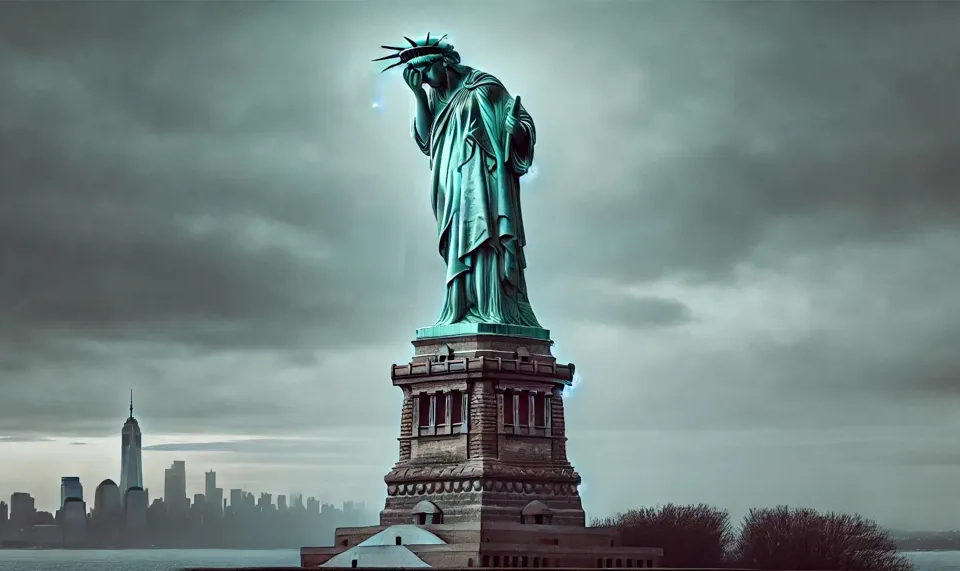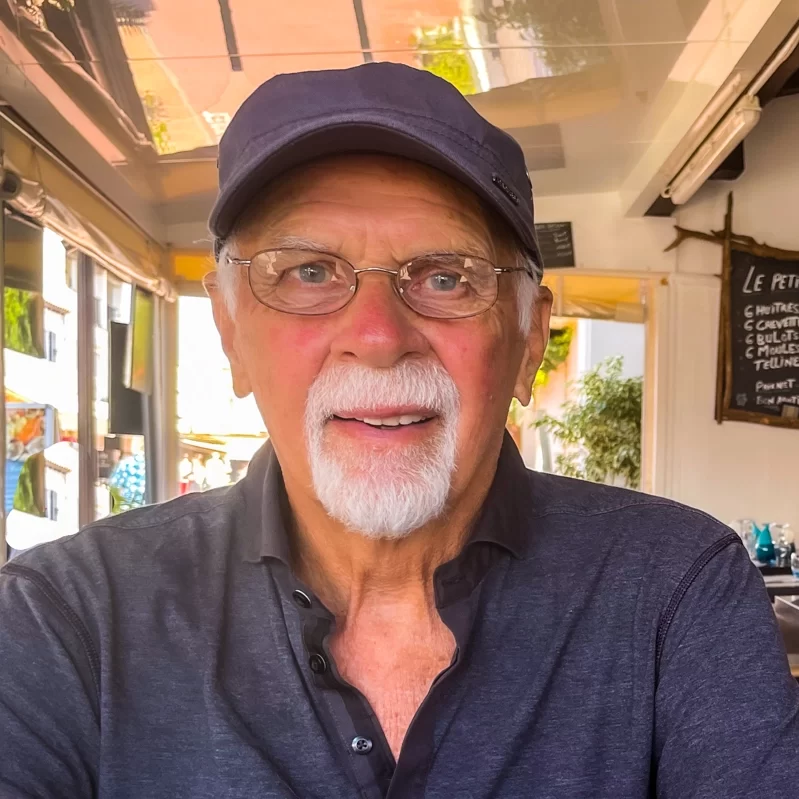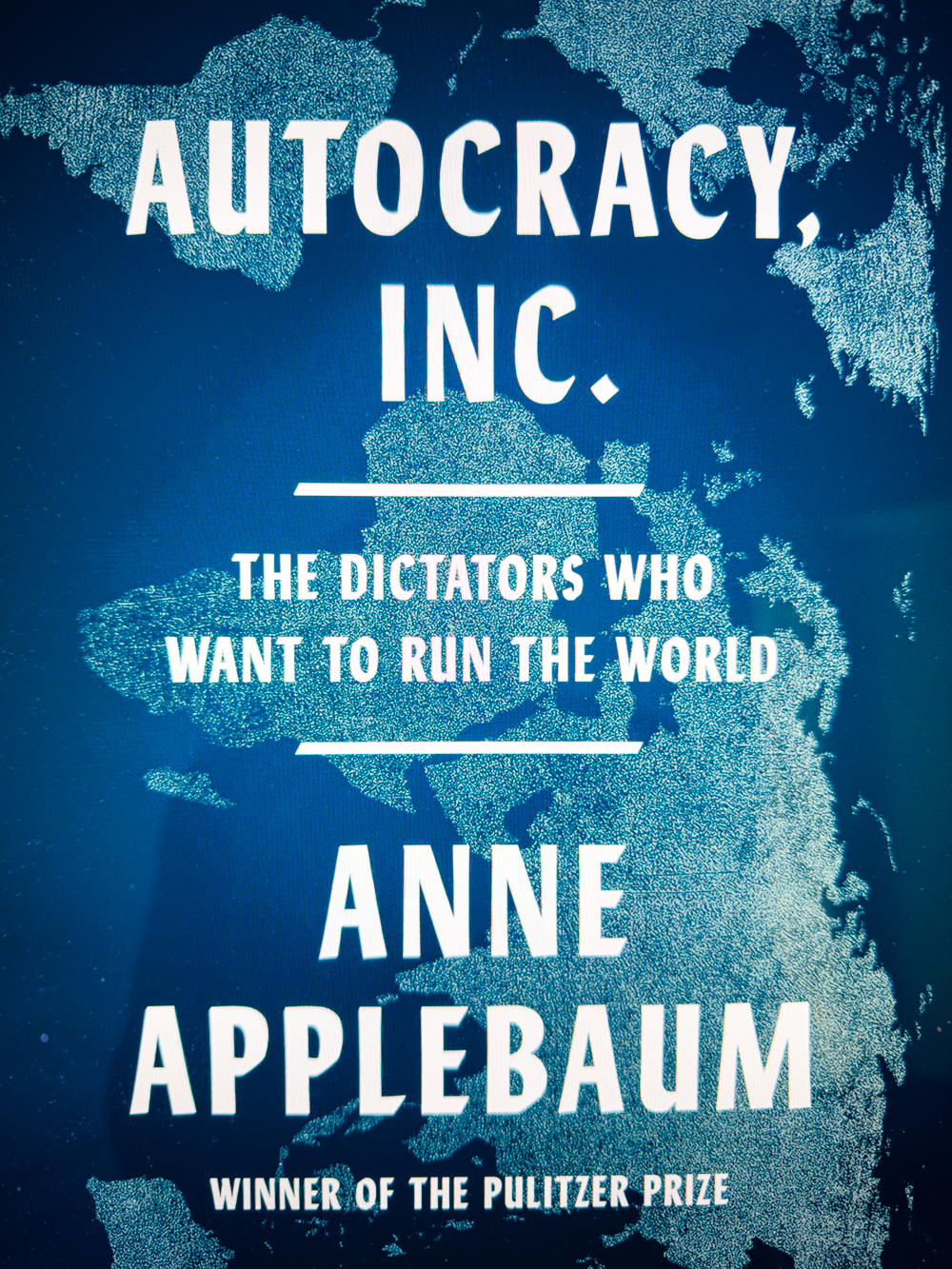Donald Trump’s Would-Be Assassin Resembles The Profile of a School Shooter
Ghandi reminds us that nothing enduring can be built on violence.

On July 13th, Thomas Crooks, age 20, made an apparent attempt to assassinate former president Donald Trump, who was speaking at a political rally in Pennsylvania. This despicable act left Trump wounded and killed a father who was shielding his family from flying bullets. Two other rally attendees were seriously wounded.
Having been killed by security forces within a minute of opening fire, Crooks was identified by the serial number of the AK-15-type semiautomatic rifle that lay near his body, which was registered to Crooks’ father.
While some political leaders, like President Joe Biden, condemned this act of violence and called for an end to all political violence, other leaders began spinning conspiracy theories, with no evidence, about the “real reasons” for what they believed to be an ideological attack by liberals on conservatives.
In response to the speculation that this tragic event was a politically motivated act of ideological vengeance, I offer a different perspective. Like those conjuring conspiracy theories without fact, my observations are based on scant information about Thomas Crooks that the press has gathered from public records and spot interviews with people who knew Crooks.
I have no expertise to speculate about Crook’s motivation for his act other than my training as a psychologist and my interest in reading lots of research literature on human nature. In particular, I have long been interested in the dynamics of young men (and they are almost always men) who become school shooters.
Based on my research interests and the scant knowledge we have about the background of Thomas Cook, I offer this observation: Crooks’ psychosocial profile bears a resemblance to that of young men who become school shooters.
The Universal Challenge of Childhood Bullying
I’ll begin this section with a quote from Mahatma Gandhi: “It is my conviction that nothing enduring can be built on violence.”
Ghandi’s “truth” applies to every level of humanity: personal lives, social relations, and social institutions.
The challenge of Ghandi’s truth is that we do not always see “violence,” especially when it is personally and silently perceived.
Belonging to a peer group is the most important achievement among children and young people. People cannot function without social relations, which is especially important for youths whose self-values are shaped by their perception of how others value them.
The absolute antithesis of acceptance by a peer group is to be bullied. Although bullying is an aspect of childhood that is nearly universal, it is a stressor that affects some children differently than others. Too often, bullying is a trauma that is internalized by the one bullied and may not be visible to others.
By itself, childhood bullying is not psychologically fatal. There are many instances of famously successful people who were bullied or otherwise traumatized as children. Here is a small sampling:
- Oprah Winfrey, a globally renowned media mogul and philanthropist, was sexually abused as a young girl and faced significant hardships growing up.
- The pop superstar and actress Lady Gaga (Stefani Germanotta) was bullied in school for her appearance and eccentric behavior.
- Elon Musk, the CEO of SpaceX and Tesla, was severely bullied during his school years in South Africa.
- Singer-songwriter Taylor Swift faced bullying and social exclusion during her school years.
- The singer and entrepreneur Rihanna (Robyn Fenty) experienced bullying in her youth due to her skin color and family background.
- Tennis legend Serena Williams faced bullying and racism growing up in Compton, California. She and her sister Venus were often ridiculed for their appearance and their family’s financial status.
- NBA legend Shaquille O’Neal was bullied as a child for his size and awkwardness. He was often teased and called names because of his height.
- NFL quarterback Tom Brady was bullied in school for being chubby and unathletic. He was often picked last for sports teams.
Because of individual differences in resiliency and tolerance for stress, and perhaps because of buffering circumstances (such as positive adult relationships), some children can overcome or bury the negative effects of bullying and grow to lead successful lives.
Other young people do not have the internal or social resources to overcome the negative effects of social exclusion through bullying. To the great misfortune of society and the victims, bullying appears to be a significant factor in the dynamics of youth who become lethal school shooters.
The Profile of Youth at Risk of Violence
To be clear, there is no absolute profile for a young person to resort to violence or become a school shooter. Each youth who becomes a perpetrator has their own individual characteristics that are part of their unique biological and experiential history.
While there is no singular character profile and hence no predictive profile, there are characteristics drawn from aggregate profiles that identify youth who are at risk for violence. I will summarize these aggregate risk characteristics reported in a major study on this topic.
In response to yet another mass school shooting in the United States, the International Society for Research on Aggression (ISRA) appointed a special commission to prepare a report on youth violence. This Youth Violence Commission issued its report in 2018. While this report is extensive, I will limit my review to the personal (internal) and environmental (external) risk factors for violence among youth.
Personal Risk Factors
- Gender: Young men commit most of the violent crimes and the majority of mass shootings.
- Early aggression: Children displaying more physically aggressive behavior are at greater risk for violence later in life.
- Emotional regulation: Youth at risk often have poor emotional regulation of anger. Early evidence of poor anger regulation may include cruelty toward animals.
- Obsession with weapons or death: This includes an intense interest or fixation with guns, bombs, or explosives.
Environmental Risk Factors:
- Easy Access to Guns: Easy access to guns is a strong risk factor for violence, and stricter gun laws have been shown to reduce gun-related deaths.
- Social Exclusion and Isolation: Being regularly victimized or ostracized by peers can lead to social isolation, which is a risk factor for youth violence.
- Family and Neighborhood Characteristics: Family characteristics such as divorce, child maltreatment, domestic violence, and parental behavioral problems increase the likelihood of young men committing violent acts.
- Media Violence: Exposure to violent media is a cause of aggressive behavior and is correlated with violent criminal behavior in at-risk youth.
- Substance Use: Alcohol intoxication is frequently associated with aggressive and violent behavior.
- Stressful Events: Stressful events such as frustration, provocation, and hot temperatures can trigger aggressive and violent behavior.
I will repeat that these risk factors do not guarantee that any individual youth will become violent, as many individuals with these risk factors will never engage in violent behavior.
Risk Factors Attributed to Thomas Crooks in Press Reports
I am writing this speculative essay three days after the attempted assassination of Donald Trump. At this time, little information about Thomas Crooks is available in the press reports. But based on largely anecdotal descriptions of Crooks in public records and by friends, I will draw parallels between youth risk factors for violence and what has been reported on Thomas Crooks.
In a report filed 24 hours post-shooting, CNN reported these preliminary findings of the FBI about Thomas Crooks:
- Crooks acted alone.
- Two explosive devices were found in his car.
- He had no reported mental health issues.
- He had no identified ideology.
- To date, the FBI can identify no motive to explain Crooks’ shooting.
Beyond FBI reporting and based on reports published by CNN and the Philadelphia Inquirer, this is what we know about Thomas Crooks three days after the shooting:
A Successful Student
- Upon graduation from Bethel Park High School, Crooks received a $500 award for his accomplishments in math and science.
- He recently graduated from the Community College of Allegheny County, earning an associate degree in engineering science.
Party affiliation
- On Joe Biden’s inauguration day, 2021, at age 17, Crooks donated $15 to the Progressive Turnout Project, a Democratically aligned political action committee.
- When Crooks turned age 18, he registered as a Republican.
- His father is a Libertarian, and his mother a Democrat.
Conservative Thinking
- While he had no reported ideology, his classmates viewed him as staunchly conservative. During a mock class debate in a high school history class, Crooks took a conservative stance on a policy question. According to one classmate: “The majority of the class were on the liberal side, but Tom, no matter what, always stood his ground on the conservative side…That’s still the picture I have of him. Just standing alone on one side while the rest of the class was on the other.”
- According to another classmate: “He definitely was conservative…It makes me wonder why he would carry out an assassination attempt on the conservative candidate.”
Character Traits
- Without exception, Crook’s former classmates described him as a “quiet but friendly kid.” Some reported that Crooks helped them with their studies.
- Others described him as a nerdy outcast and a stereotypical loner.
History of Being Bullied and Obsession with Weapons
- Everyone agrees that Crooks was bullied because he didn’t fit in, but estimates of the degree of bullying vary. Some say he was heavily bullied, while others think the bullying “wasn’t all that bad.”
- One ex-classmate said that students tormented Crooks “almost every day” and that he often wore “hunting” outfits to class.
- On the day of the shooting, Crooks was found wearing a t-shirt labeled “Demolition Ranch,” which advertises itself as “Not Your Average Gun Channel.”
Crook’s History Associated with Youth Risk Violence Factors
From the scanty information available and considering his heinous attack, Crooks’ history and temperament are remarkable for lack of outward signs of uncontrolled anger or violence.
Based on the IRSA risk factors cited above, Crooks shows a history of conforming to these risk factors:
- Male gender
- An apparent obsession with guns, bombs, or explosives
- An apparent easy access to his father’s AR-15-style rifle
- Social exclusion and isolation
To date, we lack information about:
- His family history
- The role of his parents, both social workers, in detecting Crooks’ stressors
- History of substance use, if any
- Exposure to social media profiling violence
- Exposure to trauma as a young child
It is important to recall that no one factor or group of factors can predict violence. And it boggles the mind to consider the factors that would lead a young person to make an attempt on a presidential candidate’s life.
As I read about the information available on Thomas Crooks, I was struck by the similarities in what we know about him and the science of school shooters. Central to this science is their profile as loners who were bullied.
School shooters are not political ideologues. They are tragically desperate and disordered young people who have fantasies of establishing a name for themselves, even though their name is despised even in death.
If further investigation by the government determines that Thomas Crooks shares a profile type that likens him to school shooters, then all of the conspiracy theories that are rapidly being created by political leaders whose motives are more grounded in self-aggrandizement than truth should be revealed for the dark and malicious fantasies that they encourage.
If Thomas Crook is revealed as a distraught young man whose personal demons led him to make a disastrous decision, then perhaps we can dispel the insidious conspiracy theories that call out for ideological warfare. Perhaps we as a nation can find a less polarizing path that leads us to sensible policy decisions like better gun control and accessible mental health support for all.
Final Thoughts: Donald Trump’s Would-Be Assassin Resembles The Profile of a School Shooter
Ghandi reminds us that nothing enduring can be built on violence. After the horrific events at the rally in Butler, Pennsylvania, perhaps we can learn about living together despite our differences.
Unpuzzlings
THE LATEST UNPUZZLE
Test Book Vibes > Autocracy, Inc.: The Dictators Who Want to Run the World
by Anne Applebaum(2024). Haiti is widely regarded as a failed state. With 200 to 300 active criminal gangs, the nation’s economy, governance, political systems, and public services have all collapsed. In addition to instilling fear in the public, these gangs have also been engaged in conflicts with each other. By…
RELATED UNPUZZLINGS




